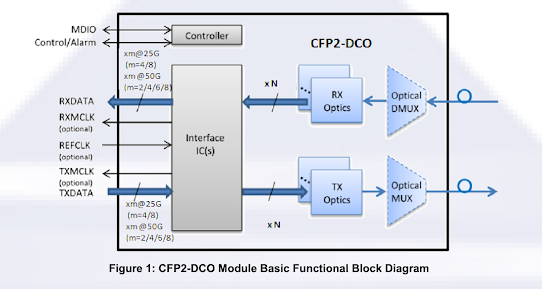Amplified Spontaneous Emission
ASE stands for "Amplified Spontaneous Emission." It is a phenomenon that occurs in optical amplifiers, particularly in erbium-doped fiber amplifiers (EDFAs), which are commonly used in optical communication systems. ASE is a type of noise that can degrade the signal quality in optical networks.
Here's a breakdown of what ASE is and how it affects optical communication:
Spontaneous Emission: In optical amplifiers like EDFAs, the primary purpose is to amplify optical signals. However, even when there is no input signal being amplified, some electrons in the amplifier's active medium (such as erbium-doped fiber) can still transition between energy levels and emit photons spontaneously. This emission of photons is known as spontaneous emission.
Amplified Spontaneous Emission (ASE): When an optical amplifier is actively amplifying a signal, it also amplifies the spontaneous emission photons that occur in the active medium. These spontaneously emitted photons can have various wavelengths, and they contribute to the overall noise level of the amplified signal. This noise is called Amplified Spontaneous Emission (ASE).
Impact on Signal Quality: ASE adds noise to the amplified signal, reducing the signal-to-noise ratio (SNR) and potentially degrading the overall quality of the signal. This can limit the system's ability to transmit data reliably over long distances or at high data rates.
ASE Noise Figure: The ASE noise level is typically measured using a parameter called the noise figure (NF). A lower noise figure indicates better amplifier performance with less added noise. Amplifiers with lower ASE noise figures are more desirable in optical communication systems.
Mitigation and Compensation: To mitigate the impact of ASE noise, various techniques are used in optical communication systems. For instance, Forward Error Correction (FEC) can be employed to correct errors introduced by noise. Additionally, optical regenerators or dispersion compensation modules can be strategically placed in the network to refresh or reshape signals, reducing the effect of ASE noise over long distances.
Overall, while ASE is an inherent phenomenon in optical amplifiers, its impact can be managed through careful design, deployment, and signal processing techniques to ensure optimal signal quality and data transmission performance in optical communication systems.


Comments
Post a Comment